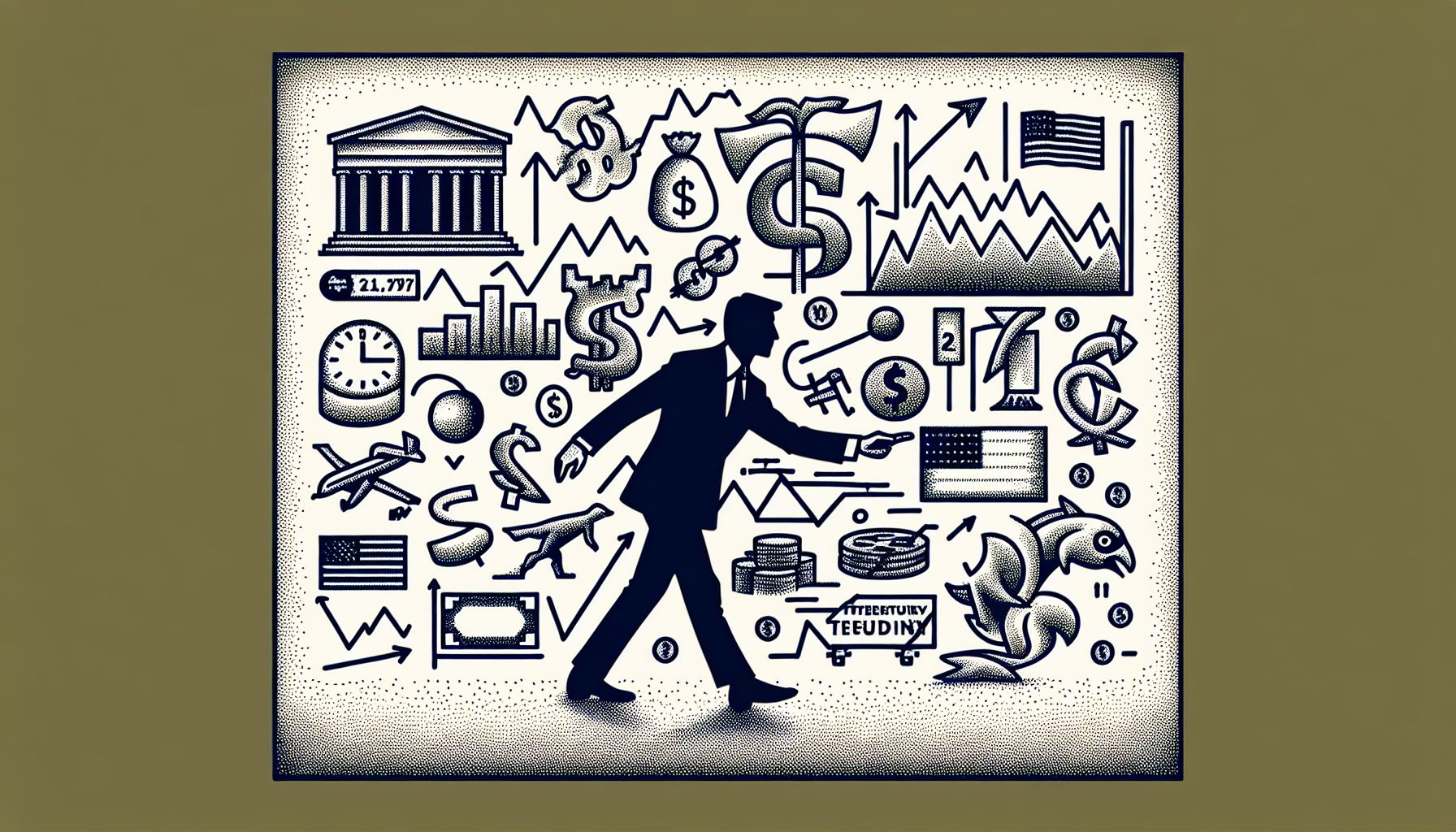US Inflation Data Fuels Speculation on Fed's Next Move

Washington D.C., Wednesday, 13 November 2024.
October’s Consumer Price Index matched forecasts, with core inflation steady at 3.3%. This data, coupled with falling energy prices and slowing ‘supercore’ services, has increased market expectations of a Fed rate cut in December. Treasury yields dropped in response, reflecting investor relief.
Economic Indicators and Market Reactions
The October Consumer Price Index (CPI) report, released by the Bureau of Labor Statistics, has cemented expectations that the Federal Reserve may opt for a quarter-point rate cut at their December meeting. With the headline CPI increasing by 0.2% and the core CPI, which excludes volatile food and energy prices, rising by 0.3%, the data aligned with what economists had anticipated[1]. This steadiness in core inflation, particularly the deceleration in ‘supercore’ services, provides the Fed with a positive cue, indicating that inflationary pressures are not escalating at an alarming rate.
Impact on Treasury Yields and Stock Market
In the financial markets, the response was swift, with Treasury yields experiencing a notable decline. The yield on two-year Treasury notes fell by approximately 9 basis points, signaling investor confidence that the Fed is likely to ease monetary policy in the near term[2]. This adjustment in yields underscores a relief rally in equities, as the S&P 500 managed to stabilize after recent fluctuations. The stock market’s buoyancy reflects a broader optimism that the Fed’s potential rate cut could support economic growth, despite persistent inflationary signals in some sectors like used cars and lodging due to the impacts of recent hurricanes[3].
Federal Reserve’s Considerations
The Federal Reserve’s upcoming meeting on December 18 is poised to be pivotal. While the October CPI data aligns with forecasts, the Fed must weigh other factors, such as the labor market’s resilience and geopolitical uncertainties, before deciding on a rate cut. Minneapolis Fed President Neel Kashkari has expressed optimism, noting that inflation is progressing in the right direction, which may influence the Fed’s decision-making process[4]. However, the broader economic implications of such a move remain complex, particularly as the Fed navigates through post-election policy shifts and international economic dynamics.
Broader Economic Implications
A rate cut in December could bolster consumer spending and investment, providing further momentum to an economy showing signs of recovery. Yet, it also poses risks of overheating certain market segments, especially if inflation does not ease as expected. The Biden administration has highlighted the proximity of current inflation rates to pre-pandemic levels, framing it as a sign of economic normalization[2]. However, with the Federal Reserve maintaining a cautious stance, the path forward will require balancing inflation control with economic growth to sustain long-term stability.